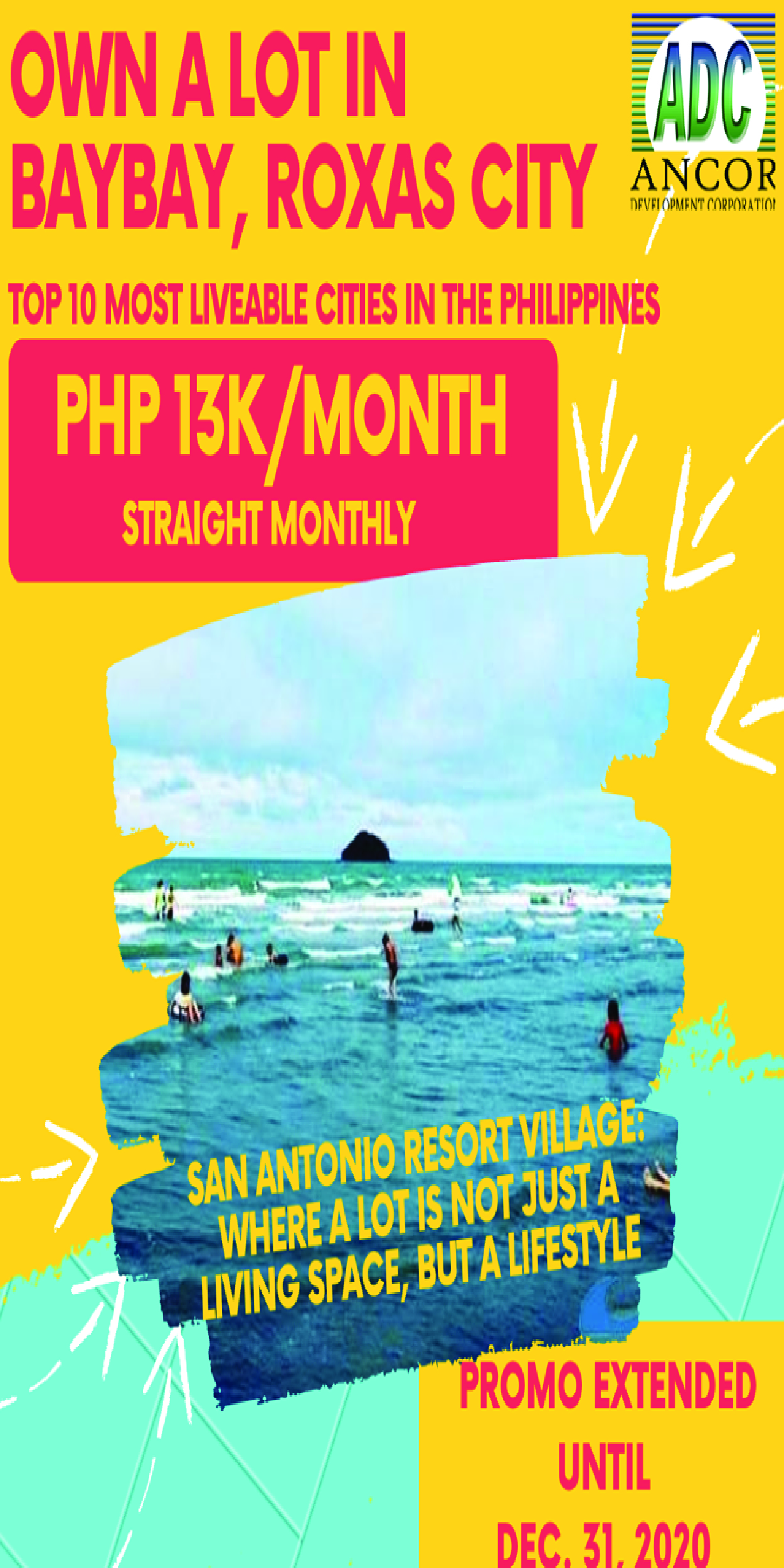THE Department of Social Welfare and Development (DSWD) 6 reported that a total of 536,829 households in Western Visayas are categorized as poor.
The data was the result of the third round of the National Household Targeting System for Poverty Reduction (NHTS-PR) or Listahanan, an information system for identifying who and where the poor households are.
This is also in compliance with Executive Order No. 867, series of 2010, which mandates the DSWD to update the Listahanan database every four years.
During the launching of Listahanan 3 here, DSWD 6 assistant regional director for operations Arwin Razo noted that for this round, a total of 1,394,251 households in the region were assessed through house-to-house interviews.
“This is equivalent to 38.5 percent of the total households assessed in the entire region with the corresponding identified poor individuals to 2.8 million,” Razo reported.
To breakdown per province, Negros Occidental noted the highest number of poor households with 268,530 or 50 percent of the total; followed by Iloilo with 150,793 households; Antique – 41,101; Aklan-
36,784; Capiz – 30,754; and Guimaras – 8,867 households.
Of the total number, Razo stressed that 35% of the identified poor households are living in urban areas across the region, while the remaining percentage is in rural areas.
“The magnitude of poor households is in rural areas.
If you would notice that it is 65 percent and this somehow indicates that poverty in Region 6 is characterized by rural poverty,” he added.
In terms of housing conditions, he reported that 35.68% of the total households dwell in light roofing materials like nipa, while 46% are with light walls like bamboo, sawali, cogon, nipa, and anahaw.
Meanwhile, in their access to utilities, 16% of the poor households in the region still use kerosene as their source of lighting, especially in far-flung and remote communities; 18.2% use unsanitary toilet facilities; and 42.8% of them have no access to a safe water source with the majority of which are dependent with shared, unpiped deep wells.
On this variable, Razo underscored that the profile presented is very useful for local government units and government agencies in planning and funding their health and sanitation programs and services.
Based on the distribution of the poor individuals of the region among the basic sectors, 48% or 1,391,147 are women; 48.2% or 1,397,530 are children; 807,448 or 27.9% are youths: 4.1% are senior citizens of 119,647; 3.1% are from indigenous people’s groups or 90,199; and 27,921 or 1% are persons with disabilities.
In terms of employment or occupation, 303,934 poor individuals in the region which corresponds to 10.5% are farmers and engage in animal production; 7.8% or 227,443 are in the formal sector or those working in private establishments and government offices or organizations; 5.4% or 157,394 are self-employed and unpaid family workers; and 2% or 59,336 are fisherfolks.
With the presentation of the regional profile of the poor, Razo emphasized that by using the Listahanan 3 database, all concerned stakeholders “can collectively address the faces of poverty in Western Visayas.”
He also assured the willingness of DSWD 6 to collaborate with partner national government agencies,
non-government organizations, and LGUs for the data sets of Listahanan 3.
For its first two rounds, various agencies have already utilized Listahanan as the basis for implementing different social protection programs for the poor like PhilHealth, the Unified Financial Assistance
System (UniFAST) of the Commission on Higher Education (CHED), and even DSWD programs such as the
Pantawid Pamilyang Pilipino Program (4Ps), social pension, and Social Amelioration Program, among others. (PIA6)





